Air conditioning is a literal lifesaver as it minimizes heat-related deaths and illnesses. But how much does it cost to run? We researched the matter, and this is what we learned.
Generally, operating an air conditioner costs between $0.06 and $0.88 per hour. Factors such as the capacity and efficiency of your unit, the cost of electricity in your region, and the number of hours you run the AC will determine the total cost of running air conditioning. If you run the AC for at least 8 hours a day, you will spend approximately $14.4 to $211.2 each month.
Read on as we elaborate more on the cost of air conditioning. We will also discuss the most cost-effective way to run your air conditioner and the factors that influence the price of an AC installation.
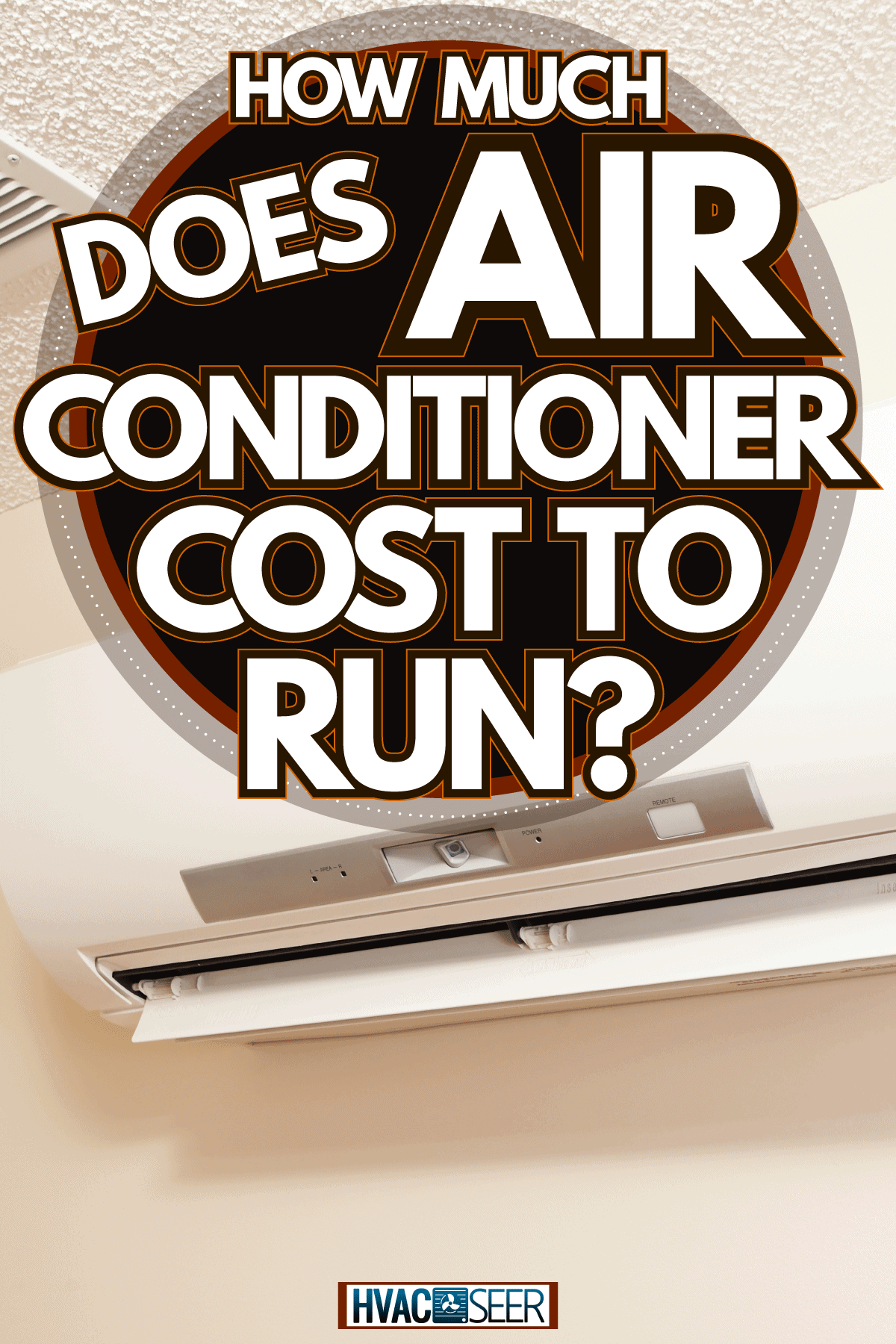
Cost of air conditioning
Although air conditioning is seasonal, it is also very energy-intensive. Weather and climate considerably affect the electricity demand for cooling. As the outdoor temperatures start rising, it becomes more important to consider how much running your AC costs to keep your energy bills from surging.
It is estimated that in 2021 235 billion kWh of electricity was used in cooling residential housing. This consumption accounted for roughly 16% of the total residential sector's electricity consumption and about 6% of the total U.S. consumption.
The three most common ACs comprise portable ACs, window ACs, and mini-split AC. Your AC's efficiency and the number of hours you run it daily directly impact how much it costs you to operate the unit monthly.
Investing in a highly energy-efficient appliance will cut electricity costs. For portable and window units, check that they have 10+ and 11+ EER, respectively. If you invest in a mini-split appliance, ensure it has a 20+ SEER.
Other factors such as your home's geographical location and its characteristics, say, thermal efficiency, insulation, and size, also affect the cost of running an AC.
In addition, outdoor temperatures and the set target indoor temperatures also determine the amount of energy your unit consumes. The AC will run longer to reach the desired temperature level if the temperature difference is significant. A longer running time will increase the energy costs.
Average Rates
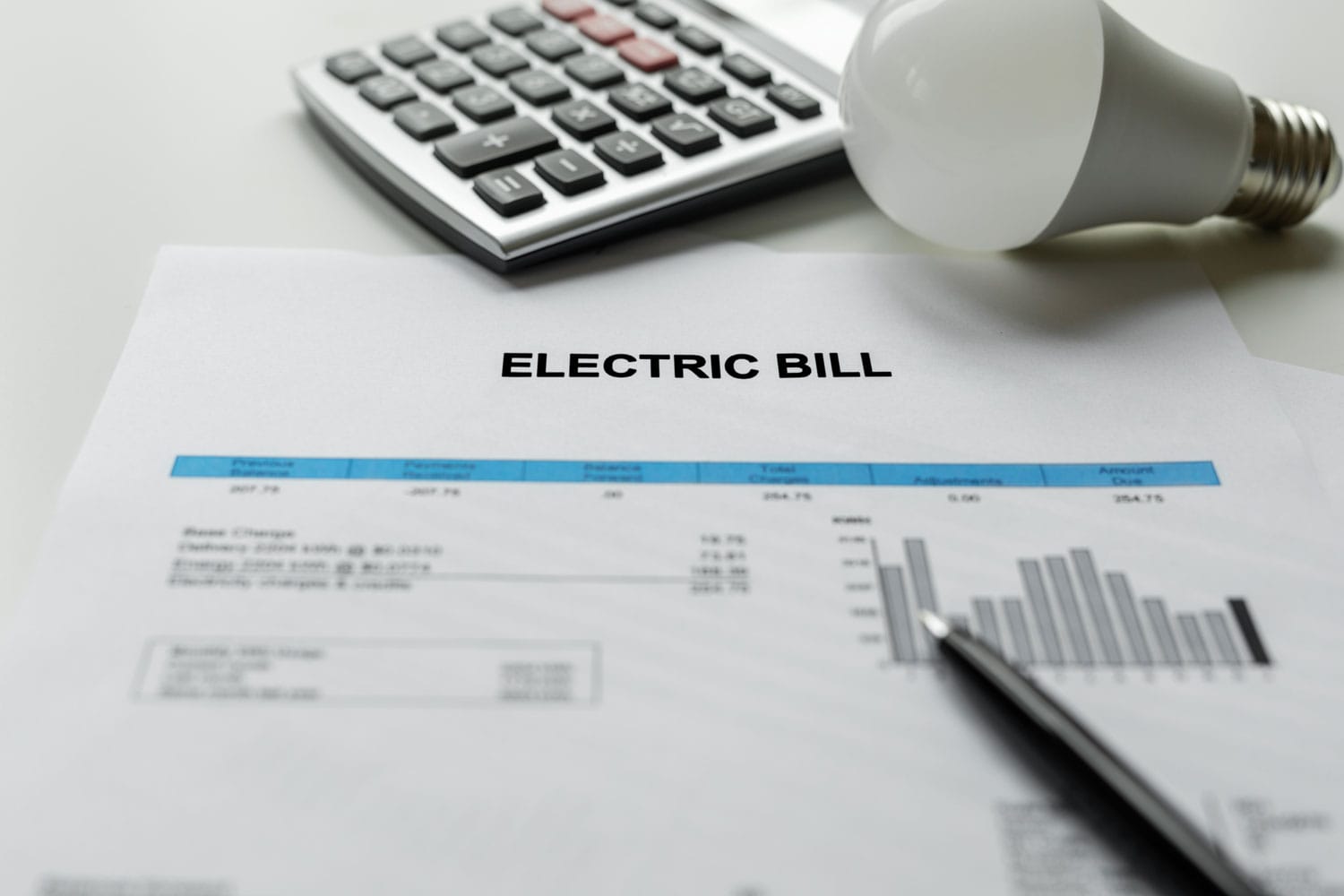
Multiply the electricity cost in your area per kWh, and the unit's maximum power, measured in watts [W], to calculate the cost of running your air conditioner. We divide the electricity cost by 1000 since a kW is equivalent to 1000W.
Cost [per hour] = AC max power [In W] * [Electricity cost[per kWh] /1000]
While portable ACs range from 5000 BTU to 15000 BTU, the window AC's capacity ranges from 5000 BTU to 20,000 BTU. On the other hand, mini-split ACs have a capacity of 12000 BTU - 48000 BTU.
Electricity rates vary depending on the state and the sector, for instance, residential, commercial, or industrial.
Typically, the cost of running an air conditioner will range between $0.06 and $0.88 per hour. Often, homes operate the AC for 8 hours each day during summer, spending between $14.4 and $211.2 monthly. The significant cost interval arises from the wide range of air conditioners available.
Your operational costs may be higher if your unit is inefficient. Scheduling annual maintenance and regular system tune-ups will keep your unit working optimally.
It would be best to wash or change the filters at least every 30 days if you are using fiberglass filters. You can also ask an HVAC expert to evaluate your system's performance, clean the internal components and repair minor issues before they escalate.
Go through this article to find out: How To Clean A Ductless Air Conditioner [Including The Filter].
What is the most cost-efficient way to run your air conditioner?
While we are all conscious of saving money, we do not want to do that at the expense of comfort. Thus, it is important to find cost-effective ways to run the AC. Below are some tips to guide you.
Invest in a programmable thermostat
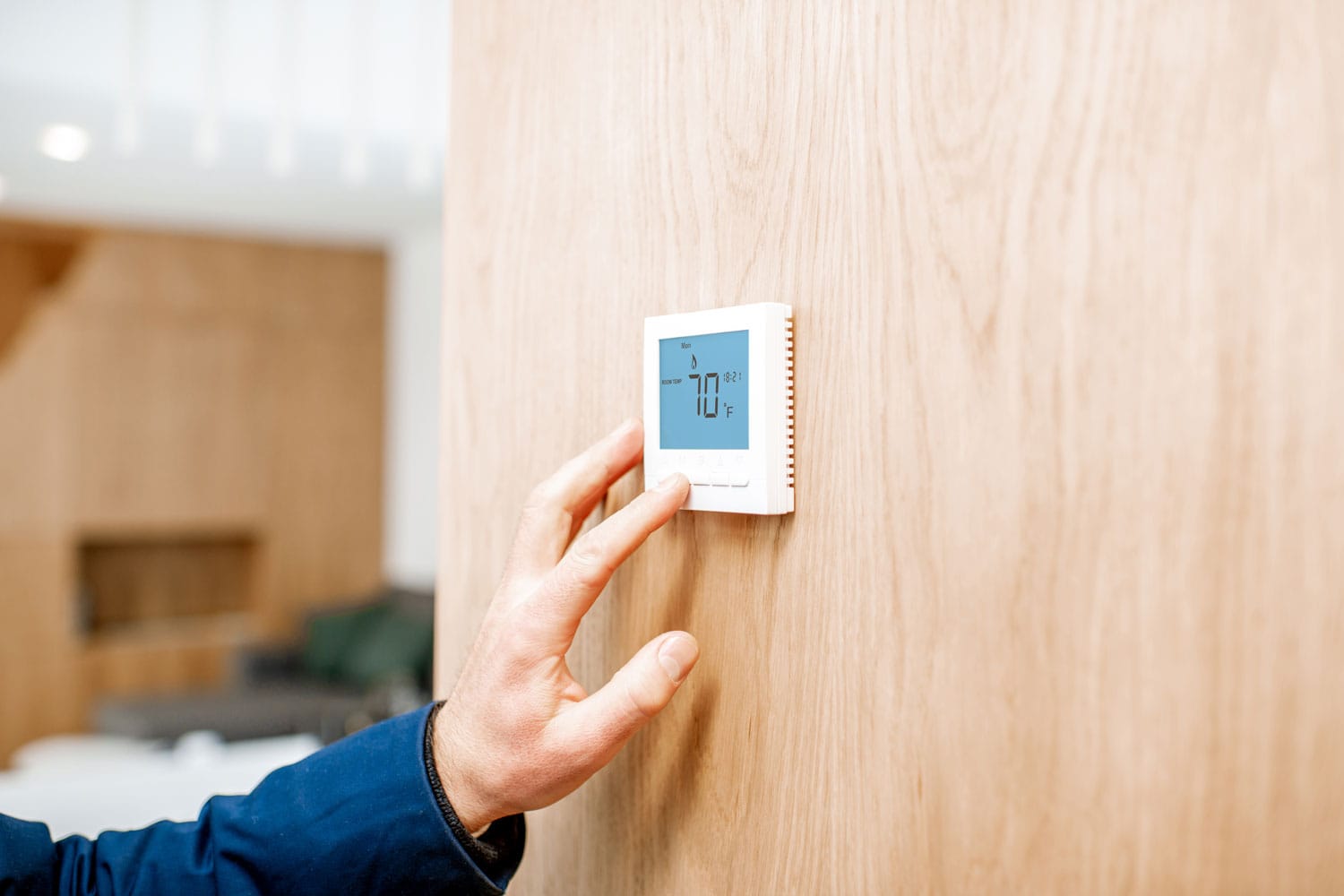
A programmable thermostat helps in saving energy when you are not at home. You can automatically set this thermostat to adjust temperature settings according to your schedule. The thermostat also allows you to change the settings through an app remotely.
You can program the smart thermostat to raise temperatures rather than switching off the AC when you are away. Raising the temperature is better because the AC uses less energy to maintain the temperature at a given level than when cooling your home back to comfort if the AC is off.
The smart thermostat also helps you avoid setting the thermostat on a colder setting to cool your home quickly after you have been away. The colder settings result in unnecessary expenses since, although the AC cools at the same rate, it runs longer to reach the lower temperature.
It is estimated that setting the temperature higher by about 7-10 degrees can translate to 10% savings on your energy bills.
Invest in a thermostat model compatible with your AC's make and is reasonably priced. This Nest energy-star certified smart thermostat helps you save energy.
Strategically position the thermostat
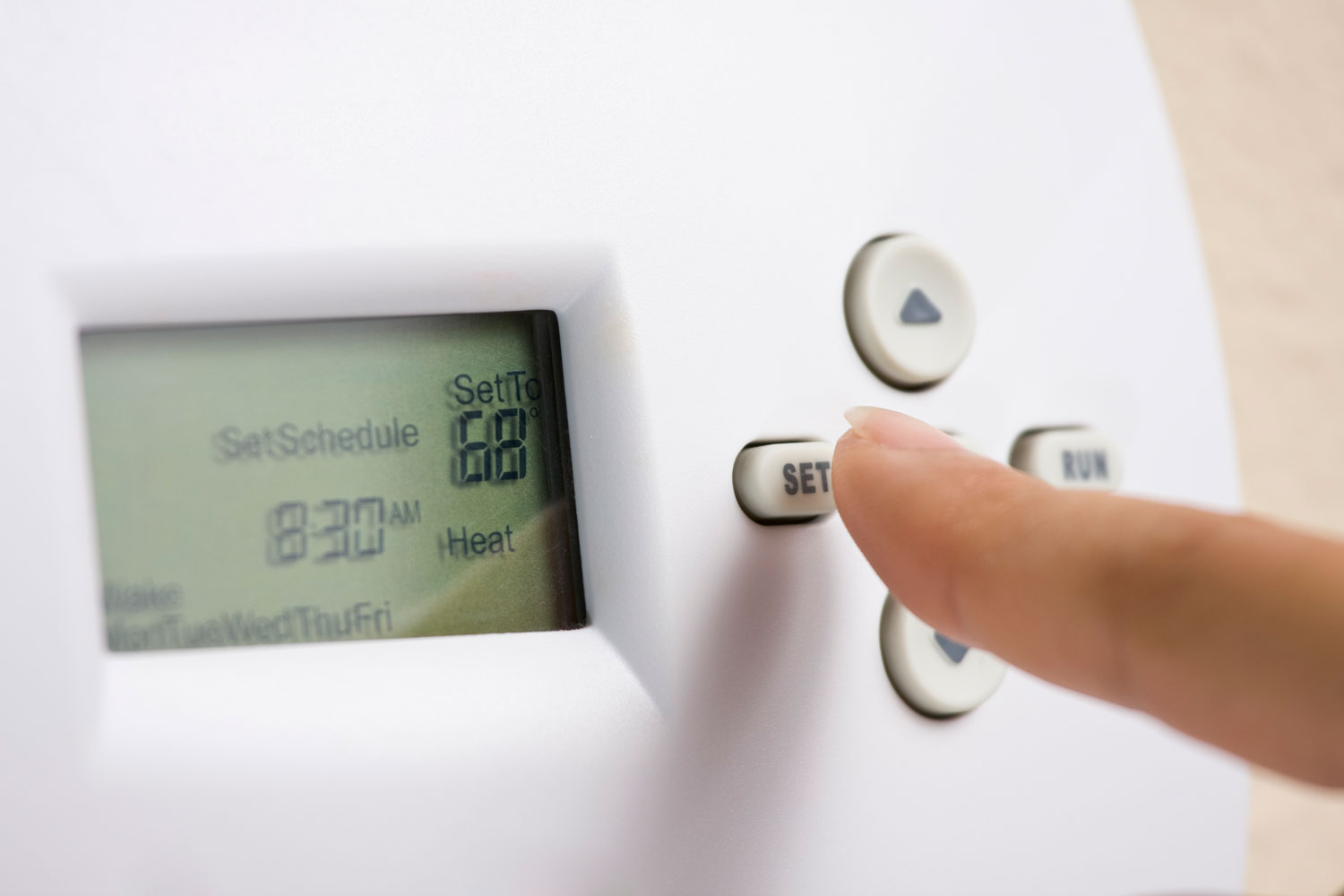
Avoid placing the thermostat in an area with extreme temperatures, as this would make the thermostat perceive that the temperatures are higher than they are.
Steer clear of windows that receive direct sunlight, doors that let in drafts, or areas close to a heat source like the kitchen and bathroom. It would also be wise to avoid exterior walls as they are often cooler than other walls in the home.
It is recommended that you install the thermostat on a wall in an area with high traffic for best results. Also, ensure that there are no barriers like doors or bookshelves to enable the thermostat sensors to work efficiently. Further, fix the thermostat within your wifi range to stay connected to your account.
Correctly placing the thermostat will help you avoid overworking the AC as the thermostat will accurately detect room temperature. When the AC overworks, you incur higher energy bills.
Conduct a home energy audit
Contract a certified home energy auditor to inspect your home for gaps through which the cold air escapes and outdoor air gets in.
If your home is insufficiently insulated or has patchy seals on the windows and doors, the hot outdoor air would quickly get in, raising the indoor temperature. Thus, your AC would need to run for longer to maintain a comfortable temperature. The longer the AC runs, the higher the energy bills.
The energy auditor will advise you on how best to save energy and eventually lower AC running costs.
Please read this article to discover: How To Insulate Old Windows Without Replacing Them.
Use the fan
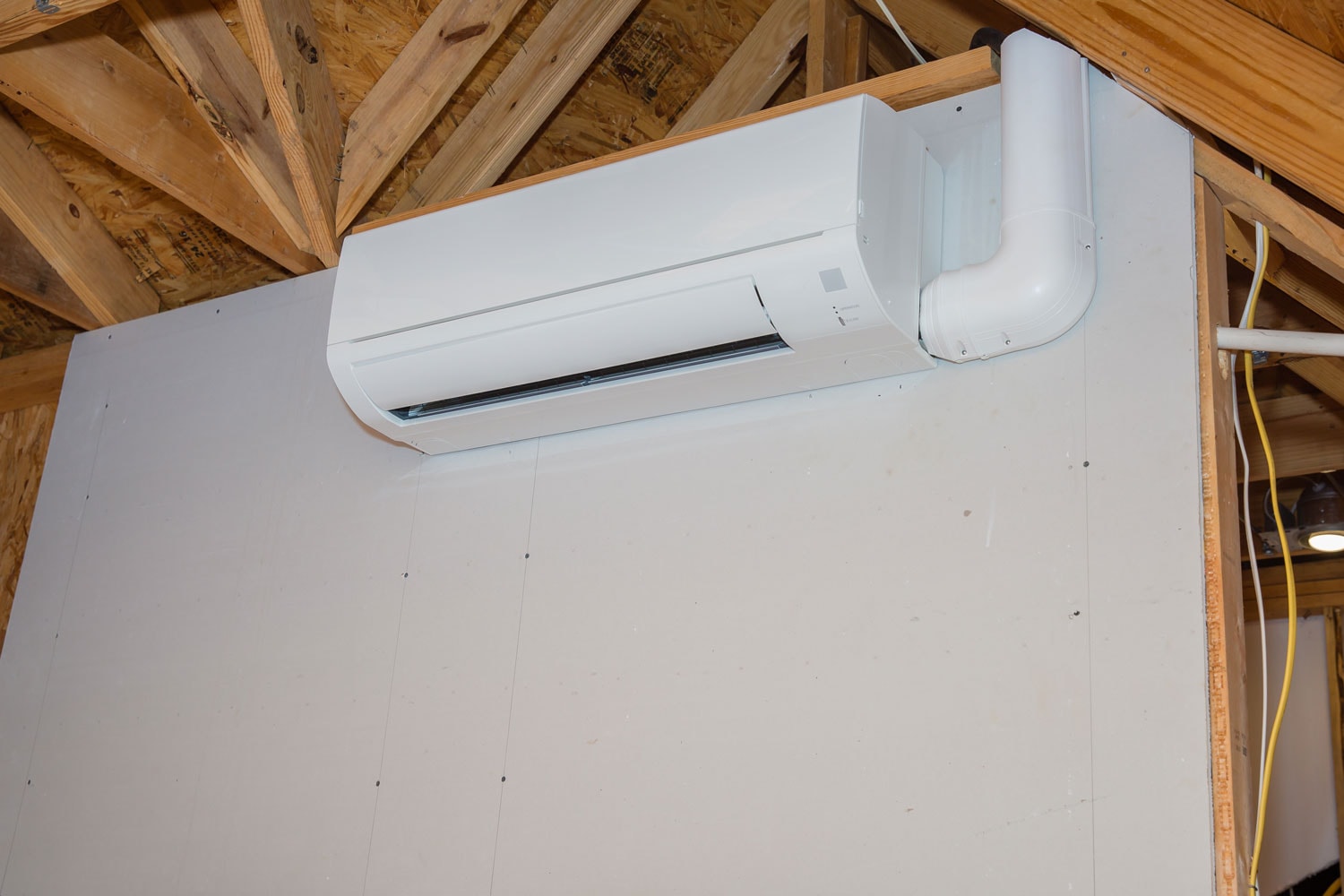
Using a fan to cool your home, especially in the early morning air, takes less energy than running the AC. Even though fans do not lower indoor temperature, they increase air circulation, making it feel cooler and more comfortable.
You can also run the AC and fan simultaneously, allowing you to raise the AC temperature settings without compromising comfort. This way, you get to save on energy costs. This 3-speed box fan helps save money and minimize energy consumption by aiding air conditioners with full-force air circulation.
Other tips
Use blinds or blackout curtains to keep direct sun rays from altering indoor temperature levels. Blocking sun rays is recommended during the afternoons when the temperatures are sweltering. Also, ensure that the windows stay closed to keep the heat out during the day.
You can also get an early start on the air conditioning before it gets sweltering. Compared to cooling your home after it becomes scorching, your AC uses less energy to maintain a suitable temperature. Hence, you save more when you turn on the AC early.
Because most evenings are usually cooler, you can program your thermostat to switch off later in the night. You can then leave your windows open at night to cool your home naturally.
What factors influence the price of an AC installation?
There is no one cost fits all for AC installation. An HVAC professional would need to do a thorough home evaluation. These are some of the factors they will consider.
Type of AC system

AC prices vary greatly depending on the option you are considering. Generally, apart from window units, traditional central ACs tend to be more economical than other cooling systems, especially when you already have the existing ductwork.
Besides the central units and window appliances, you can install heat pumps, zoned systems, all-in-one systems, or ductless systems. Choose a system that aligns with your specific user needs and personal comfort preferences.
Equipment Size
The size of the AC is directly proportional to the size of your home. You also spend more money on a bigger AC than a smaller one.
It is advisable only to buy the right size of the unit to guarantee optimal functionality. A small AC will overwork, leading to frequent breakdowns. In contrast, if it is too big, it will short cycle resulting in system inefficiency.
Energy efficiency
The higher the SEER rating, the more costly installation will become. However, the long-term savings from investing in an energy-efficient unit can help you recover the initial installation costs.
Final remarks
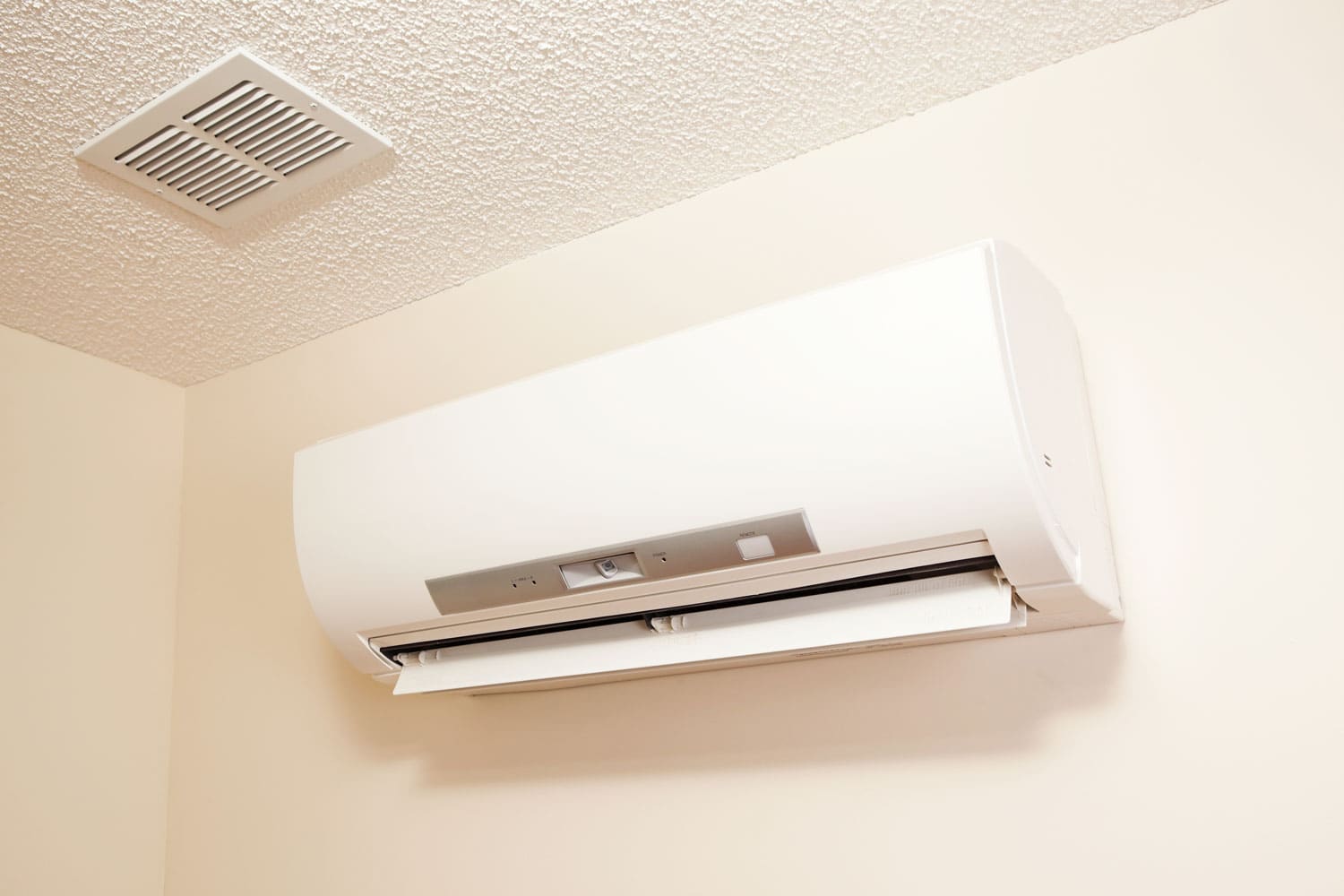
Factors such as your unit's efficiency and the number of hours you run the AC determine how much you end up spending on air conditioning. By multiplying the appliance's capacity and the cost of electricity in your region, you can calculate how much running your AC will cost per hour.
Put in place measures such as using fans and installing a programmable thermostat to run your AC cost-effectively. Conducting an energy audit is also needful since it will help you identify and resolve any weak points through which the conditioned air escapes.


